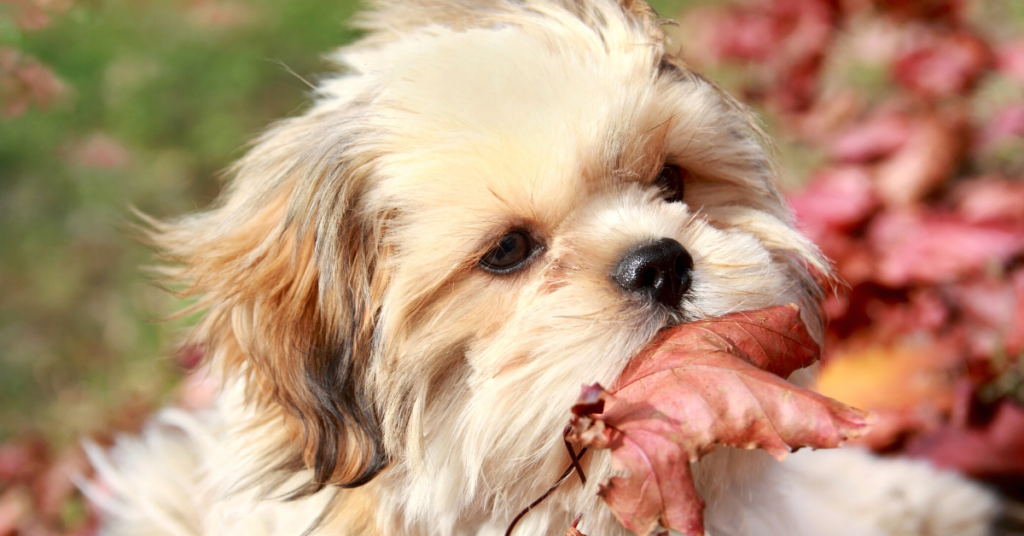How to Care For Brachycephalic Dogs
Brachycephalic dogs are short headed, flat faced dogs, with short noses. As a result, their throat and breathing passages are usually small or flattened.
The most common brachycephalic breeds include English bulldogs, french bulldogs, bull mastiffs, Boston terriers, boxers, pugs, shih tzus, Lhasa apsos and Pekingese.
So, if your dog is one of these breeds, it’s a good idea to know the health risks they can face, and how to care for them.
What Are Brachycephalic Dogs?

Any dog whose muzzle appears to have been flattened or squished inwards is described as brachycephalic.
Their lower jaw is proportionally longer than their upper jaw, giving the impression that the dog’s lower jaw is protruding.
While not all brachycephalic dogs have health issues, the form of their nose and head can put them at an increased risk to develop a disorder known as brachycephalic airway syndrome.
This issue can be caused by one of four different upper airway defects, and a brachycephalic dog may have one or more of them.
These defects include:
Elongated Soft Palate, is a disorder in which the soft palate is excessively long and its tip protrudes into the airway, obstructing airflow into the lungs.
Hypoplastic Trachea, or the windpipe, also known as the trachea, is smaller than it should be.
Stenotic Nares, are deformed nostrils that narrow or collapse inward during inhalation, making breathing through the nose difficult for the dog.
Everted Laryngeal Saccules, happens when tissue in the airway, directly in front of the vocal cords, is dragged into the trachea (windpipe) and partially causes airway obstruction.
In addition, collapse of the larynx, which are the cartilages that open and close the upper airway, or paralysis of the laryngeal cartilages, are all signs of brachycephalic dogs.
Signs of Brachycephalic Dogs

Common clinical signs of brachycephalic dogs include:
- Noisy breathing, specially during inspiration
- Loud snoring
- Reverse sneezing
- Retching or gaging, specially while swallowing
- Exercise intolerance
- Blue tongue and gums from lack of oxygen
- Occasional collapses, usually after exercising
- Heat exhaustion or heat stroke
Health Risks of Brachycephalic Dogs

Not all dogs with short noses and a flat face will suffer from health problems.
Unfortunately, according to a survey conducted by the Royal Veterinary College, 58% of dog owners of short-nosed dogs are not aware of the signs that their brachycephalic dog is having difficulty breathing.
Health risks may include:
- Heart problems: Due to the lack of oxygen.
- Teeth problems: Due to their small face, which causes teeth crowding, decay and gum disease.
- Skin and ear problems: Due to having deep skin folds around their eyes and narrowed ear canals, which may cause yeast infections.
- Eye problems: Because many of these dogs have large eyes, their tear film does not spread evenly, leaving them vulnerable.
This is why they are prone to developing eye ulcers, which can lead to the loss of an eye if left untreated. - Birthing problems: Some brachycephalic breeds have a hard time giving birth naturally in large numbers.
English and French bulldogs sometimes require Caesarean sections when their pups are ready to be born.
These bulldog moms would most likely die in pain after birth if they didn’t have assisted deliveries, and their pups would be unlikely to survive as well. - Neurological brain issues: The most common of them is syringomyelia, a painful disorder in which cavities or cysts form in the spinal cord.
Cavalier King Charles spaniels are the most common carriers.
Diagnosis of Brachycephalic Dogs

A veterinarian can perform a variety of tests to evaluate whether or not a dog has issues related to being bred for flat-faced traits.
These tests include:
- Physical Examination: the vet will perform a physical exam to look for signs like breathing problems, or blue tongue or gums.
- Laryngoscopy or endoscopy: An endoscopy test is done using a camera that is inserted into a dog’s airway using a tube. A laryngoscopy may be combined with a biopsy.
- X-rays or CT scans: To examine the dog’s lower airways and lungs.
Treatment for Brachycephalic Dogs

Treatment for brachycephalic dogs with moderate to severe breathing issues, would require surgery.
If the dog has soft palate abnormalities, and shows signs like gagging, coughing, low energy, or difficulty breathing. Cutting of the excess soft palate may be required.
This surgery is performed using a scalpel blade, scissors, or a CO2 laser. Excess tissue is removed using a blade or scissors after stretching the palate.
In case of everted laryngeal saccules, they may be removed at the same time as the soft palate, or they may be left in and allowed to recover to a more normal position.
If stenotic nares are present, they can be corrected at the same time to help with breathing.
Following surgery, monitoring of the dog is necessary. The airway can become obstructed due to severe inflammation or bleeding, making breathing difficult or impossible.
Occasionally, a tube must be inserted and maintained into the trachea through a neck incision until the swelling in the throat reduces enough for the pet to breathe normally.
Dogs are usually observed for 24 hours post surgery. Coughing and gagging are common side effects of surgery.
The excision of the extended soft palate and laryngeal saccules may not provide enough relief in chronic cases when the laryngeal cartilages have become stiff.
In these cases, creating a new permanent opening into the trachea in the neck area, known as a permanent tracheostomy, may be the only option, although there are some associated risks.
Caring for Brachycephalic Dogs

Mild cases of brachycephalic dogs can be managed by avoiding stress and heat, moderate exercising, and maintaining an ideal body weight.
Because obesity worsens the associated symptoms, it’s important for an overweight brachycephalic dog to follow a diet plan.
Veterinarians may give corticosteroids to decrease inflammation and/or treat the dog with oxygen for short-term therapy of flare-ups that cause respiratory distress.
You can also use a harness instead of a collar to avoid breathing problems. Consult your veterinarian if symptoms worsen.
When to See a Veterinarian

If you have one of brachycephalic dog breeds, and is showing signs of breathing difficulties, or fatigue.
Contact your veterinarian to diagnose your furry friend, to recommend the suitable treatment to improve their quality of life.
Finally, If you’re thinking about adopting a short-nosed dog, make sure you talk to a veterinarian beforehand to know how to care for them properly.
With proper care and frequent veterinarian exams, these dogs can still enjoy long and happy lives.







